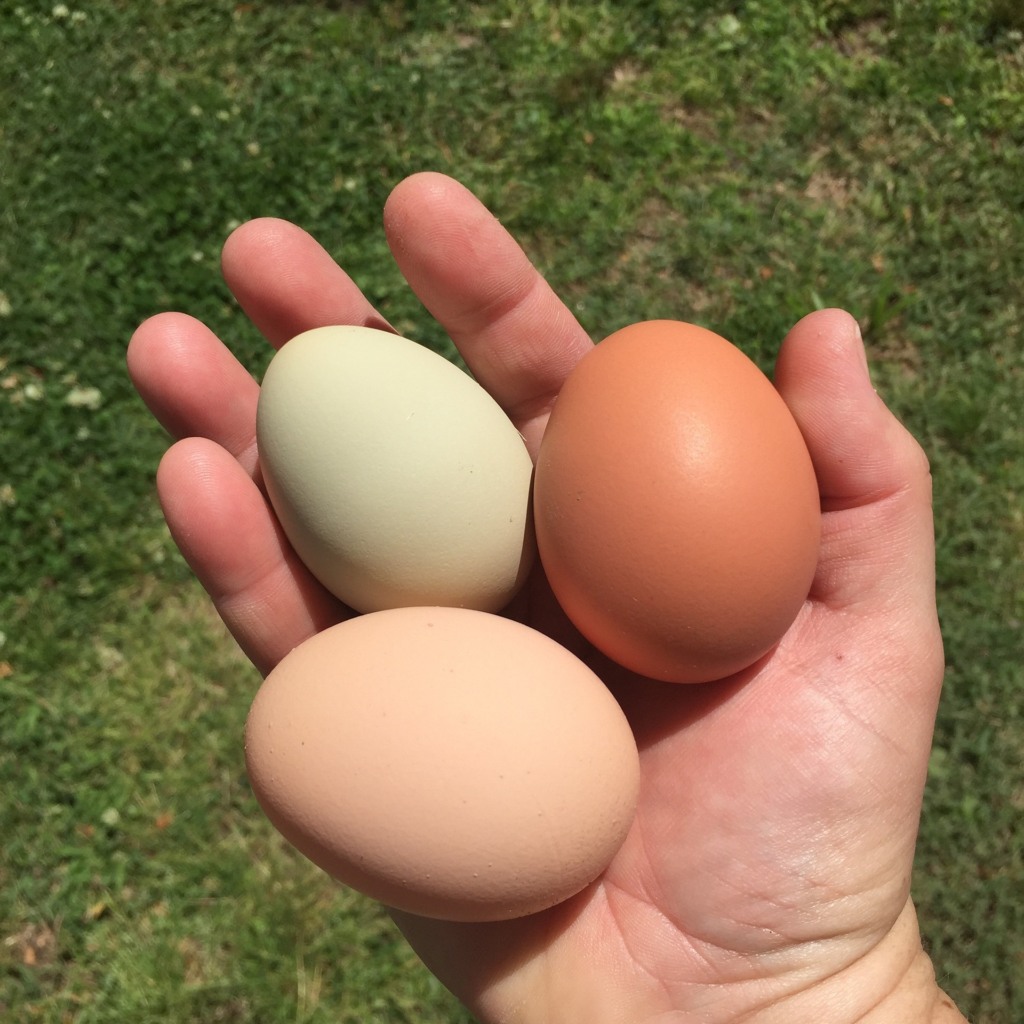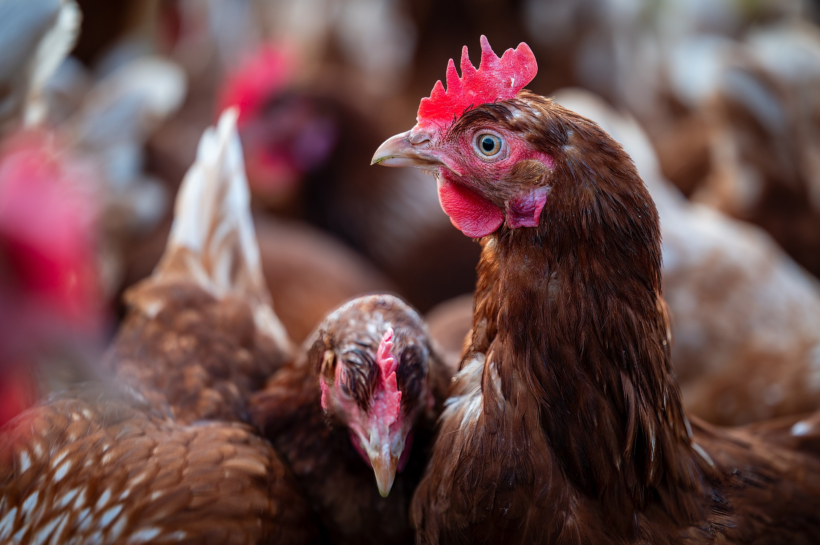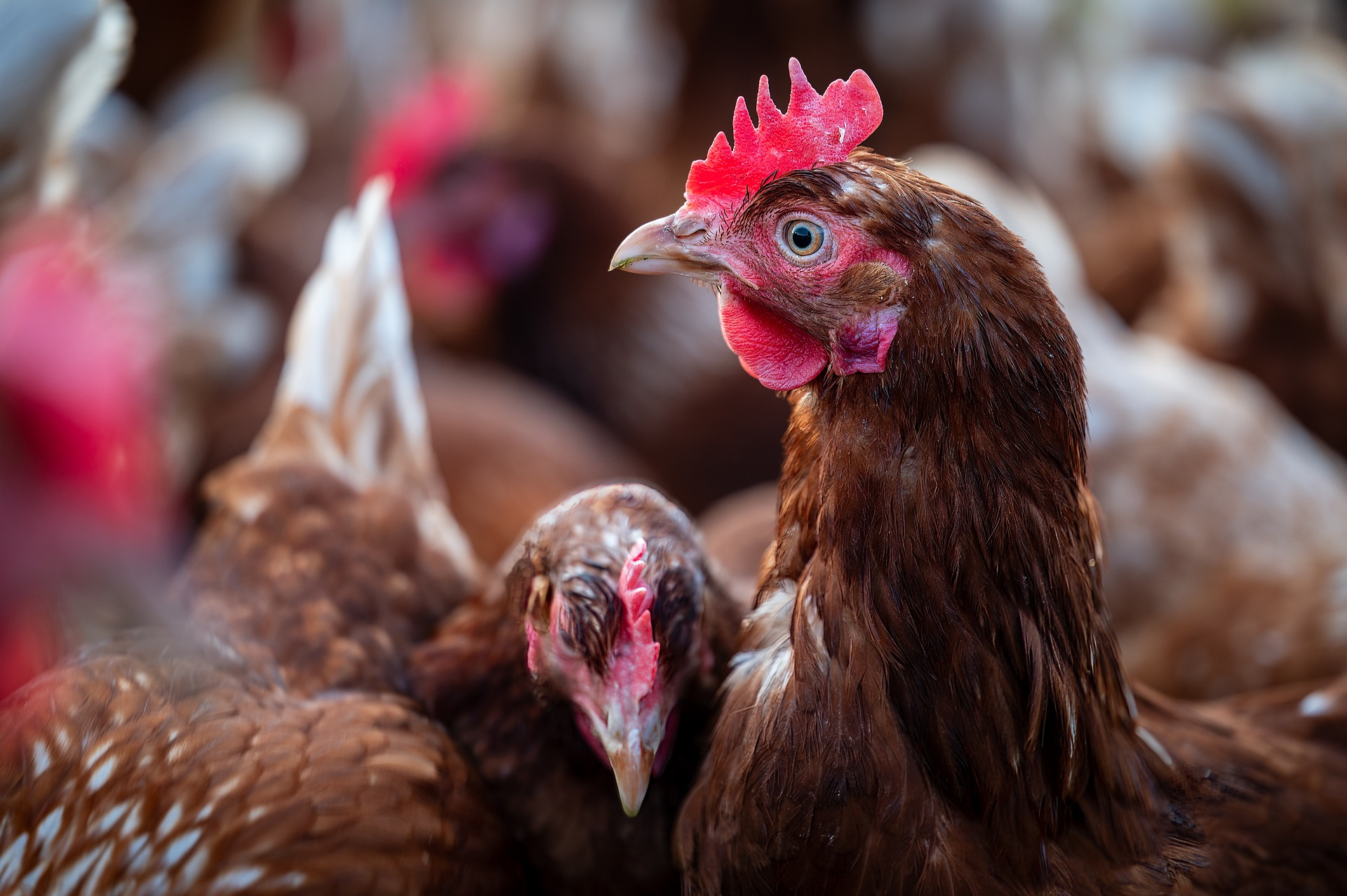Contents
- 1 USDA Report Reveals Diminished Egg Supply and Rising Egg Prices
- 1.1 Financial Ripple Effects of Skyrocketing Egg Prices
- 1.2 Key Takeaways and Moving Forward
- 1.3 FAQs About Rising Egg Prices and Their Impact
- 1.3.1 Why are egg prices increasing so much?
- 1.3.2 How long will egg prices remain high?
- 1.3.3 Why are other grocery items like bread and pasta becoming more expensive too?
- 1.3.4 What can I do to save money on eggs?
- 1.3.5 Is the bird flu still a concern for egg prices?
- 1.3.6 Are there alternatives to eggs I can use in recipes?
- 1.3.7 Could this egg price surge happen again in the future?
Summary
Egg prices are soaring due to a decline in production caused by avian influenza outbreaks and slow-growing layer flocks, as reported by the USDA. This price hike is driving up grocery bills for already struggling Americans, impacting not just eggs but also staples like bread and pasta. The rising costs are renewing interest in backyard chickens as households search for ways to save. Experts predict some relief by mid-2025, but concerns remain over further outbreaks and broader financial impacts.
USDA Report Reveals Diminished Egg Supply and Rising Egg Prices
A new USDA report released on November 15, 2024, has put the nation’s grocery budgets on high alert due to rising egg prices.
With table egg production projected to decline through 2024 and early 2025 due to a slow-growing layer flock and avian influenza outbreaks, egg prices have soared to unsettling heights.
Wholesale egg prices climbed to an average of 313.3 cents per dozen in October—an increase of 184 cents compared to the same time last year. The sharp escalation has left households, bakeries, and restaurants scrambling to adjust their budgets.
These climbing costs are not just an egg problem—they’re a financial flash point for Americans already stretched thin by elevated grocery bills.

Financial Ripple Effects of Skyrocketing Egg Prices
For many families, eggs are a cornerstone of affordable, nutritious meals. The escalating costs, however, have turned this dietary staple into a luxury item for some. Rising egg prices are also expected to push up the costs of other essentials like bread and pasta, as egg-based ingredients drive production expenses for these products.
Coupled with inflation and high energy bills, the spike in egg prices exacerbates financial burdens on households across the country. Consumers are left questioning how long these prices will stay high and whether relief is on the horizon.
Backyard Chickens: A New Flock of Hope?
As egg prices soar, the backyard chicken movement is experiencing renewed interest. For many Americans, raising their own hens offers a self-sufficient solution to bypass the inflated costs at grocery stores.
Searches for “backyard chicken coops” and “how to raise hens” have increased in recent weeks, reflecting a growing demand for home egg production. While it’s an attractive option for some, the upfront costs of coop construction, feed, and flock maintenance could deter those already grappling with tight budgets.

What If the Bird Flu Gets Worse?
The specter of avian influenza looms large over the egg industry. The USDA report confirmed that Highly Pathogenic Avian Influenza (HPAI) outbreaks in October led to the loss of 2.8 million egg-laying hens in Utah, Washington, and Oregon. If the bird flu continues to ravage flocks, the supply of table eggs could dwindle further, driving prices to unprecedented levels.
Experts warn that the impact of a severe outbreak would not be confined to eggs. Poultry meat prices, along with related industries like feed production and transportation, would likely face ripple effects that amplify financial strain across multiple sectors.
A Glimmer of Hope in 2025?
The USDA’s projections offer some light at the end of the tunnel. Average wholesale egg prices are expected to decline by mid-2025, reflecting anticipated improvements in layer flock growth and production efficiency. However, these price drops hinge on stable feed costs, minimal disease outbreaks, and robust supply chain recovery—factors that are anything but guaranteed.
Until then, consumers and businesses must navigate the turbulence with a mix of caution and adaptability. Whether it’s cutting back on egg consumption, seeking out local suppliers, or investing in backyard chickens.
The Bigger Picture: Rising Prices Across the Grocery Aisle
Egg prices may be grabbing headlines, but they’re part of a broader trend affecting staple goods. Bread and pasta prices are also expected to increase, as higher egg costs ripple through production chains. The USDA’s projections underscore a tough reality for American consumers: the grocery store, once a place of predictable pricing, is now an arena of financial stress.
For millions, the question isn’t just about when prices will drop—but whether they’ll ever truly stabilize.
Key Takeaways and Moving Forward
The rising cost of eggs underscores deeper challenges facing the nation’s food supply and financial stability. With inflation pressures and disease outbreaks threatening further disruption, Americans must brace for potential volatility. Advocacy for policy measures to stabilize food prices and increased investment in agricultural resilience could provide long-term solutions.
In the meantime, resilience and ingenuity will remain the order of the day for households grappling with rising costs. The humble egg, once a symbol of simplicity, has become a bellwether for the complex challenges of modern food production.
FAQs About Rising Egg Prices and Their Impact
Why are egg prices increasing so much?
Egg prices are rising due to a combination of factors, including reduced table egg production caused by avian influenza outbreaks, slow-growing layer flocks, and higher production costs. These issues have limited supply, driving up wholesale prices.
How long will egg prices remain high?
According to USDA projections, egg prices may start to decline by mid-2025 as production is expected to recover. However, this depends on factors like disease control, stable feed costs, and effective supply chain management.
Why are other grocery items like bread and pasta becoming more expensive too?
Eggs are a key ingredient in many food products, including bread, pasta, and baked goods. As egg prices rise, production costs for these items also increase, leading to higher prices on store shelves.
What can I do to save money on eggs?
Consider buying eggs in bulk, looking for sales, or exploring alternative sources like local farms. Some people are even raising backyard chickens to produce their own eggs, although this comes with its own costs and responsibilities.
Is the bird flu still a concern for egg prices?
Yes, avian influenza remains a significant risk. Recent outbreaks have already reduced the layer flock, and further outbreaks could worsen the supply shortage, leading to even higher prices.
Are there alternatives to eggs I can use in recipes?
Yes, there are several substitutes for eggs in cooking and baking, such as applesauce, mashed bananas, or commercial egg replacers.
Could this egg price surge happen again in the future?
It’s possible. Factors like disease outbreaks, feed costs, and market demand can create price volatility. The USDA and industry stakeholders are working to address these challenges, but future disruptions can’t be ruled out.







